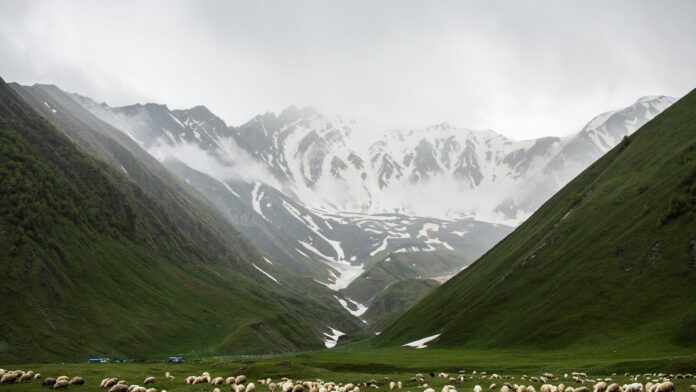Italy, a country known for its rich history and stunning landscapes, is home to some of the most majestic mountains in Europe. As a resident of this beautiful country, I have always been fascinated by the impact these towering peaks have had on the lives of the people who call Italy their home. From shaping the climate and geography to influencing cultural traditions and economic activities, mountains have played a significant role in shaping life in Italy throughout history.
How Did Mountains Affect Life In Italy
Italy’s mountainous landscape is the result of intense tectonic activity that has shaped the country over millions of years. The collision of the African and Eurasian tectonic plates has given rise to the formation of the Alps and the Apennines, which span across Italy. These majestic mountain ranges have played a crucial role in shaping the geography, climate, and ultimately, the way of life in the country.
The collision of these tectonic plates has led to the uplift of the Earth’s crust, resulting in the towering peaks and rugged terrain that define Italy’s mountainous regions. The tectonic forces at work have not only contributed to the formation of these mountains, but they continue to shape and reshape the landscape over time.
Impact on Life in Italy
The formation of mountains in Italy has had a profound impact on the way of life in the country. The rugged terrain and isolation of mountainous regions have shaped cultural traditions and dialects, creating distinct identities within different communities. The mountains have also influenced the climate, creating diverse microclimates that support unique ecosystems and agricultural practices.
The presence of mountains has provided opportunities for various outdoor activities, such as hiking, skiing, and mountaineering, attracting tourists from around the world. The tourist industry in Italy heavily relies on the mesmerizing beauty of its mountain ranges and the recreational opportunities they offer.
Moreover, the mountains have not only influenced tourism but have also affected transportation and infrastructure development. The challenging terrain has necessitated the construction of tunnels, bridges, and winding roads to connect different regions, fostering trade and accessibility.
The formation of mountains in Italy through tectonic processes and the forces of erosion and weathering has had a profound impact on life in the country. The rugged landscapes, unique microclimates, and recreational opportunities offered by the mountains have shaped cultural traditions, influenced agriculture, and driven tourism and infrastructure development. Mountains truly have had a lasting imprint on the identity and way of life in Italy.

Influence of Mountains on Climate
Mountains have had a significant impact on the climate of Italy, shaping the way of life for its inhabitants. In this section, we will explore two key factors: the orographic effect and rainfall patterns.
Orographic Effect
The orographic effect is a phenomenon where moist air is forced to rise over mountains, leading to changes in temperature and precipitation patterns. In Italy, this effect has played a crucial role in shaping the climate. As warm, moist air from the sea meets the towering peaks of the Alps and Apennines, it is forced to rise, resulting in the cooling and condensation of the air. This process leads to increased rainfall on the windward side of the mountains and creates a “rain shadow” effect on the leeward side.
On the windward side, such as the western face of the Alps, the orographic effect causes the air to cool and release moisture, resulting in abundant rainfall and lush vegetation. This, in turn, has influenced agricultural practices, with vineyards and orchards flourishing in these regions. The abundant rainfall has also resulted in the formation of valleys and gorges, creating stunning landscapes that have become popular tourist attractions.
On the leeward side, however, the orographic effect creates a drier climate due to the descending air mass. This arid environment has shaped the way of life in these regions, with agriculture focusing on crops that can withstand drier conditions, such as olives and wheat. The scarcity of water has also led to the construction of irrigation systems to support agriculture and ensure water availability.
Conclusion
The influence of mountains on the climate in Italy has had a profound effect on the way of life in the country. It has shaped agricultural practices, determined the types of crops grown in different regions, and created distinct climatic conditions across the country. The mountains have truly left their mark on Italy’s landscape and its people.


